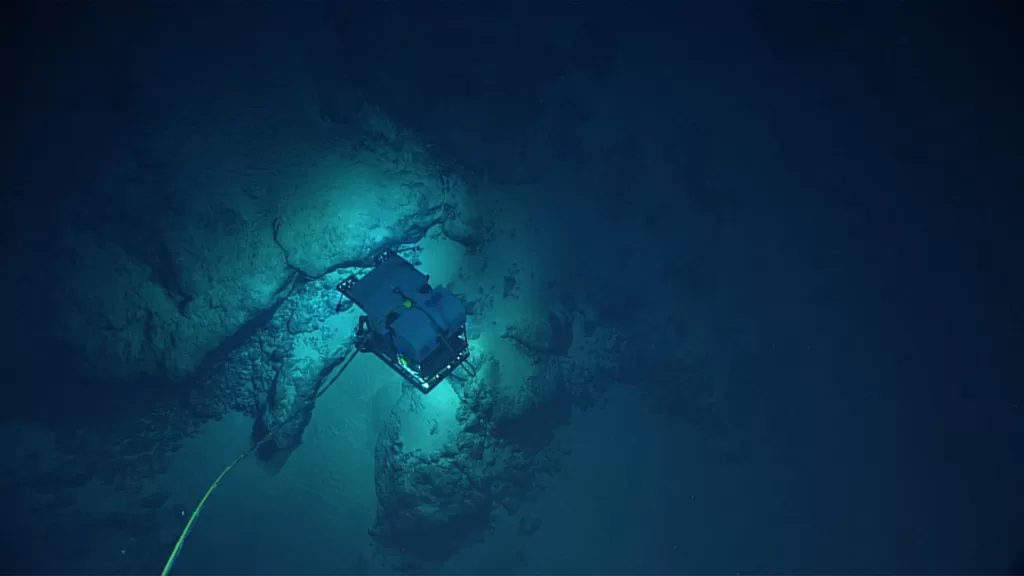Overview
Deep sea mining technology focuses on the extraction of mineral resources from the ocean floor, particularly in areas beyond national jurisdiction. These resources include polymetallic nodules, polymetallic sulfide deposits, and cobalt-rich crusts, which contain metals such as nickel, cobalt, copper, and manganese. The development of this technology aims to meet the increasing global demand for these critical minerals, essential for various industries including electronics and renewable energy.
Historical Development
The concept of deep sea mining emerged in the mid-20th century, with initial explorations conducted by companies like Shell, Rio Tinto (Kennecott), and Sumitomo in the 1970s. These early efforts involved pilot tests that recovered significant quantities of polymetallic nodules from the Clarion-Clipperton Zone (CCZ) in the Pacific Ocean. Despite these early endeavors, commercial deep sea mining did not advance significantly due to technological limitations and environmental concerns.
In recent years, advancements in technology and a growing demand for critical minerals have revitalized interest in deep sea mining. For instance, in 2017, Japan Oil, Gas and Metals National Corporation (JOGMEC) conducted the world's first large-scale mining of hydrothermal vent mineral deposits using the research vessel Hakurei in the Okinawa Trough. This operation marked a significant milestone in the field, demonstrating the feasibility of extracting minerals from deep-sea environments.
Extraction Methods
Several methods have been developed for extracting minerals from the deep sea:
- –
Remotely Operated Vehicles (ROVs): These are used to collect mineral samples from prospective sites, employing drills and cutting tools to extract deposits. The collected materials are then transported to the surface for processing.
- –
Continuous-Line Bucket System (CLB): An older approach that operates like a conveyor belt, running from the seabed to the surface. A ship or mining platform extracts the minerals, and the tailings are returned to the ocean.
- –
Hydraulic Suction Mining: This method involves lowering a pipe to the seafloor and using pumps to transport nodules to the surface. Another pipe returns the tailings to the mining site.
- –
Borehole Mining: Utilized for extracting natural resources from below the seafloor by drilling boreholes and using high-pressure water jets to break up the material, which is then pumped to the surface.
Technological Advances
Recent innovations have significantly enhanced the feasibility of deep sea mining:
- –
Echo-Sounding Bathymetry: Utilizes sonar to create detailed maps of the seabed, aiding in the identification of resource-rich areas.
- –
Autonomous Underwater Vehicles (AUVs): Operate independently on preprogrammed missions, using advanced sensors for navigation and data collection. They are particularly suited for extensive mapping and surveying over large distances without direct human intervention.
- –
Pipeline Lifting Systems: Consist of riser pipes extending from the seafloor to a surface vessel, through which powerful pumps transport material. Maintaining efficient flow rates at extreme depths remains a significant challenge.
Environmental Impact
The environmental implications of deep sea mining are a major concern. Extraction processes can create sediment plumes that may contain toxic heavy metals and spread over long distances, eventually settling back to the seabed. Disturbing the seabed can destroy habitats, with unknown effects on marine life. Studies have shown that deep sea mining activities can cause immediate declines in faunal density and diversity, with some ecosystems failing to return to pre-disturbance levels even after several decades.
Regulatory Framework
The International Seabed Authority (ISA), established under the 1982 UN Convention on the Law of the Sea (UNCLOS), is responsible for regulating mineral-related activities on the seabed beyond national jurisdiction. The ISA's dual mission is to authorize and control the development of mineral-related operations in the international seabed and to protect the ecosystem of the seabed, ocean floor, and subsoil in "The Area" beyond national jurisdiction. As of June 2025, the ISA has entered into 17 contracts with private companies and national governments for polymetallic nodules in the CCZ, one contract with the Government of India in the Central Indian Ocean Basin (CIOB), and one contract with Chinese contractor Beijing Pioneer Hi-Tech Development Corporation in the Prime Crust Zone (PCZ) in the Western Pacific.
Economic Perspective
Deep sea mining offers significant economic potential, driven by the growing demand for critical minerals needed for green technologies such as batteries, electric vehicles, and renewable energy systems. Estimates suggest that the global economic opportunity from seabed mining could reach $20 trillion. For instance, mining 75,000 square kilometers of the seabed could generate $21–$42 billion in gross metal value over two decades.
Future Trends and Technologies
The clean energy sector is projected to increasingly dominate the demand for metals like copper, nickel, cobalt, rare-earth elements, and lithium. This surge is expected to accelerate over the next two decades, with lithium demand growing particularly fast. This rising demand, alongside limited terrestrial resources, is fueling interest in deep sea mining as a potential source of these critical materials. However, the scale and technical complexity of working in extreme deep-sea environments mean that the cost of such technology remains a significant barrier to widespread commercial adoption.
Environmental Concerns and Moratoriums
Environmental groups and some governments are advocating for a moratorium on deep sea mining until its environmental, social, and economic risks are fully investigated. The International Seabed Authority (ISA) aims to finalize exploitation regulations by 2025, and a new agreement under the UN Convention on the Law of the Sea (UNCLOS) on marine biodiversity was adopted on 19 June 2023. The debate continues, balancing the need for sustainable energy against the potential environmental costs of deep sea mining.
